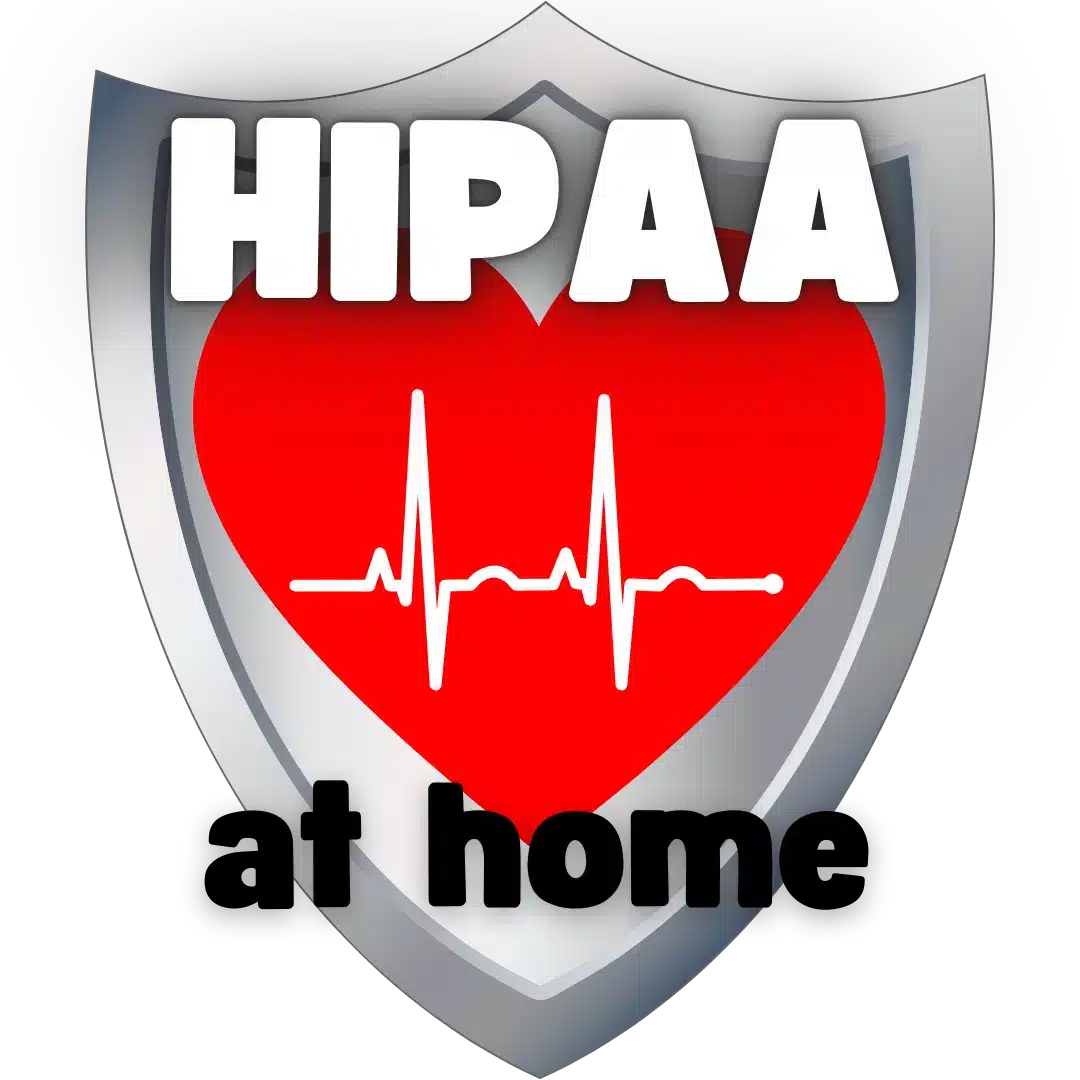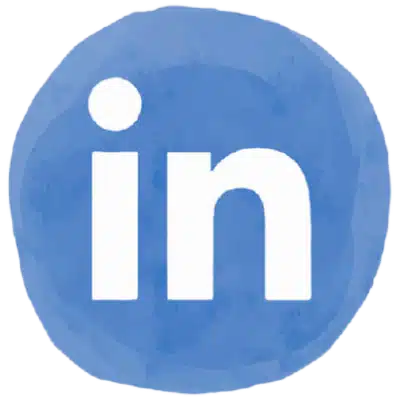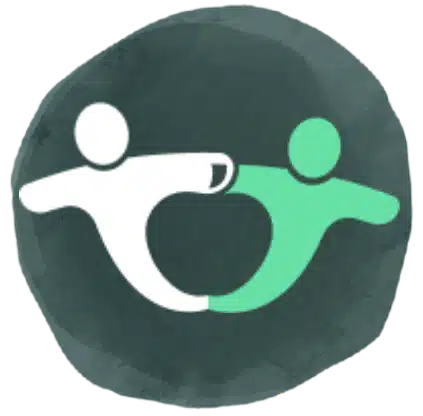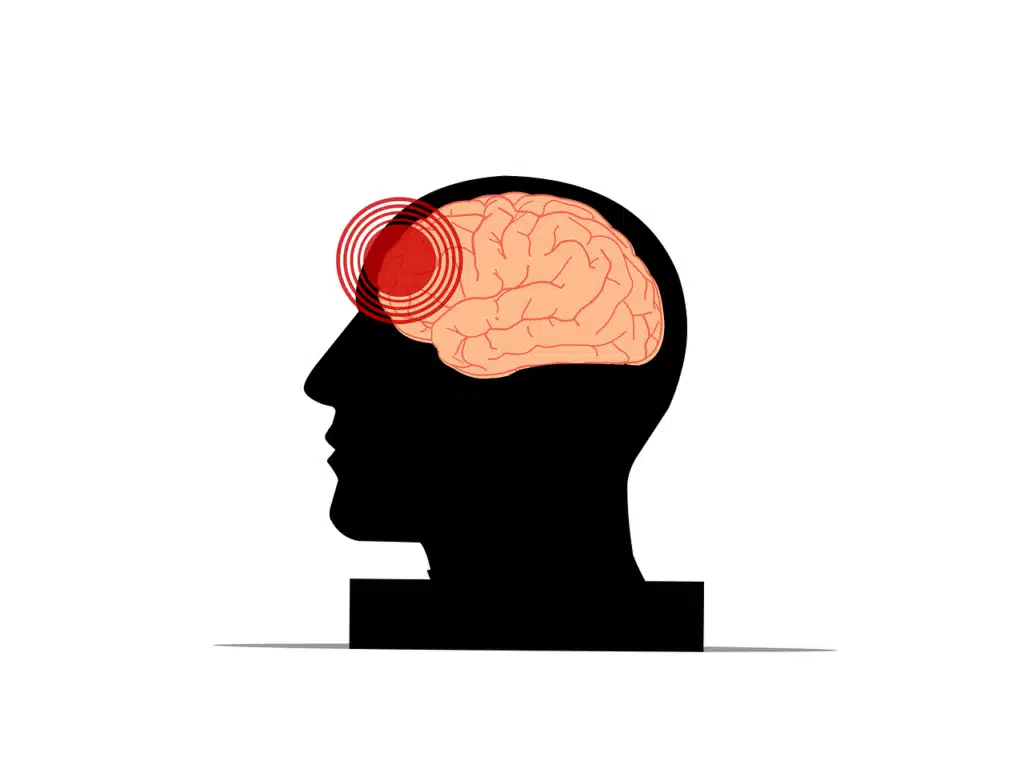Decoding Documentation: Your Guide to Session Notes
(Plus a Free Resource!)
As Speech-Language Pathologists, we wear many hats – therapist, educator, data analyst, and yes, meticulous documenter. When it comes to Medicaid and other payors, thorough and accurate session notes aren’t just best practice; they’re essential for reimbursement and demonstrating the value of our services. Navigating the specifics of what to include can feel overwhelming. Hopefully, breaking it down into key components with this essential documentation guide makes the process much more manageable.
This post will walk you through the critical elements of session-specific documentation, ensuring you’re covering all your bases and feeling confident in your record-keeping. Plus, I’m excited to share a free resource to help streamline this process!
The Foundation: Session-Specific Information

Each therapy session note should act as a clear snapshot of what occurred. Reviewers need to understand the what, how, and why behind your interventions. Here’s a breakdown of the key areas to address:
Brief Summary of the Session’s Focus/Goal(s)
Start by clearly stating the primary objective of the session. This should directly link back to the client’s Individualized Education Program (IEP) goals (if applicable) or Plan of Care (POC).
Example: “Focused on improving production of /r/ in initial position at the word level (IEP Goal #2).”
Specific Activities and Techniques Used
Detail the therapeutic interventions you employed. Be precise enough that another SLP could understand and potentially replicate your approach.
Client’s Response to Therapy
Document how the client engaged with the activities and their overall participation. Note both successes and challenges.
Examples:
“Client produced target /r/ sounds with 70% accuracy with verbal models.”
“Demonstrated increased comprehension of two-step directions when paired with visual cues.”
“Required frequent redirection to maintain focus during the tabletop activity.”
“Actively participated in the barrier game, taking turns and providing clear instructions.”
Data Collected (if applicable)
If you gathered specific data during the session (e.g., percentages, frequencies), record it here. Objective data strengthens your documentation of progress.
Example: “Collected data on the client’s ability to answer ‘who,’ ‘what,’ and ‘where’ questions related to a short story, achieving 85% accuracy.”
Any Modifications or Adjustments Made to the Intervention
Note any deviations from your planned activities based on the client’s immediate needs or responses. This demonstrates your clinical decision-making.
Example: “Due to the client’s increased frustration with word-level tasks, the session was modified to focus on sound identification activities for /r/.”
Home Program/Carryover Activities (if assigned)
If you provided the client or caregiver with tasks to work on outside of the session, clearly outline them.
Example: “Provided the caregiver with a list of target /r/ words to practice at home using a game-based approach.”
Demonstrating Progress Towards Goals

Your session notes should clearly link back to the client’s overarching goals.
- Brief Statement of Progress (or lack thereof) Towards Current Goals: Summarize the client’s progress in relation to their IEP/POC goals based on the session’s activities and their performance.
- Example: “Demonstrated initial progress towards IEP Goal #2 (production of /r/) with improved accuracy in structured tasks with models.”
- Objective Measures of Progress (when possible): Reference any data collected that supports your progress statement.
- Example: “The 70% accuracy achieved on target /r/ words represents a 15% increase from the previous session’s baseline data.”
Other Essential Documentation Information
Don’t forget these crucial details:
- Any Communication with Caregivers, Teachers, or Other Professionals: Document any significant conversations related to the session or the client’s overall progress.
- Example: “Spoke with the classroom teacher regarding the client’s carryover of sentence structures in academic tasks.”
- Signature and Professional Title: Your signature verifies the accuracy of your documentation.
Beyond the Essential Documentation Guide: Key Considerations
Keep these points in mind for Medicaid documentation:
- Clarity and Conciseness: Use straightforward, professional language. Avoid excessive jargon or unclear abbreviations.
- Objectivity: Focus on observable facts and data rather than personal opinions.
- Accuracy: Ensure all information is truthful and reflects the services provided.
- Completeness: Include all the required elements for each session to avoid claim denials.
- Timeliness: Document sessions promptly to maintain accuracy and facilitate efficient billing.
- Compliance with Regulations: Stay informed about your specific state’s Medicaid guidelines for SLP services, as requirements can vary.
See more on documentation with Documenting Beyond Quantifiable Data: SLP Session Notes.
Your Free Resource: Streamlining Session Notes with SOAP Prompts!

To help you navigate these essential documentation components, I’ve created a FREE set of SOAP note prompts ($1.50 value) specifically designed for SLP Medicaid documentation! These prompts will guide you through each section, ensuring you capture the necessary information efficiently and effectively. Sign up to download!
Want more exclusive FREE resources? Sign up below!
Bonus AI Prompt: Get Feedback on Your Medicaid-Style Session Notes (with HIPAA Warning!)

CRITICAL HIPAA WARNING: When using AI for tasks like note review, you absolutely CANNOT input Protected Health Information (PHI) or any client-specific, potentially identifying clinical details into general-purpose, personal AI services (like ChatGPT or Gemini).
These platforms are NOT HIPAA compliant and do not offer the required Business Associate Agreements (BAAs). Removing just a name is rarely enough to meet HIPAA’s stringent de-identification standards for clinical narratives. See my posts on HIPAA Compliance At Home: Cloud, Schools, Teletherapy & PHI Security and AI & SLPs Series, Part 1: Clinical Data Privacy.

- How to Use Safely: This prompt is designed for use with hypothetical, generalized, or anonymized scenarios only, crafted specifically to remove any potential link back to a real client. Think about creating a generic “example note” that contains no actual client data.
- Your Responsibility: AI is an assistive tool; always critically review and edit its output to ensure accuracy, clinical appropriateness, and your ultimate compliance.
Review this HYPOTHETICAL, GENERIC SLP session note for Medicaid compliance. Does it:
- Include all SOAP components (even if embedded in a narrative)?
- Adequately address these key areas?
- Clearly link to IEP/POC goal (even if described in general terms)
- describe therapy activities with sufficient detail
- objectively document client response,
- present data (If hard data is absent, is there sufficient descriptive information to gauge progress or lack thereof? Are qualitative changes in performance noted?),
- explain modifications, prompting or independence level,
- Use clear, concise, objective language?
- Appear accurate and complete?
- Have potential Medicaid compliance issues?
- [Insert GENERIC, NON-IDENTIFYING Session Note Here]
See my previous post on AI for SLPs for more ideas:
Unleash the Power of AI in Your Speech Therapy Practice
By utilizing these prompts and keeping the key considerations outlined in this Essential Documentation Guide in mind, you can confidently document your Medicaid therapy sessions, ensuring compliance, facilitating reimbursement, and ultimately, providing a clear and comprehensive record of your clients’ progress. Remember, thorough documentation is an investment in your practice and, most importantly, in the quality of care you provide.
Want to know more on crafting specific, measurable IEP goals? Check out: Unlocking Progress: Why Simple Speech Therapy Goals Can Be Deceptive
I hope this helps you create more informative session notes!
Social Media Icons: designed by rawpixel.com – Freepik.com











